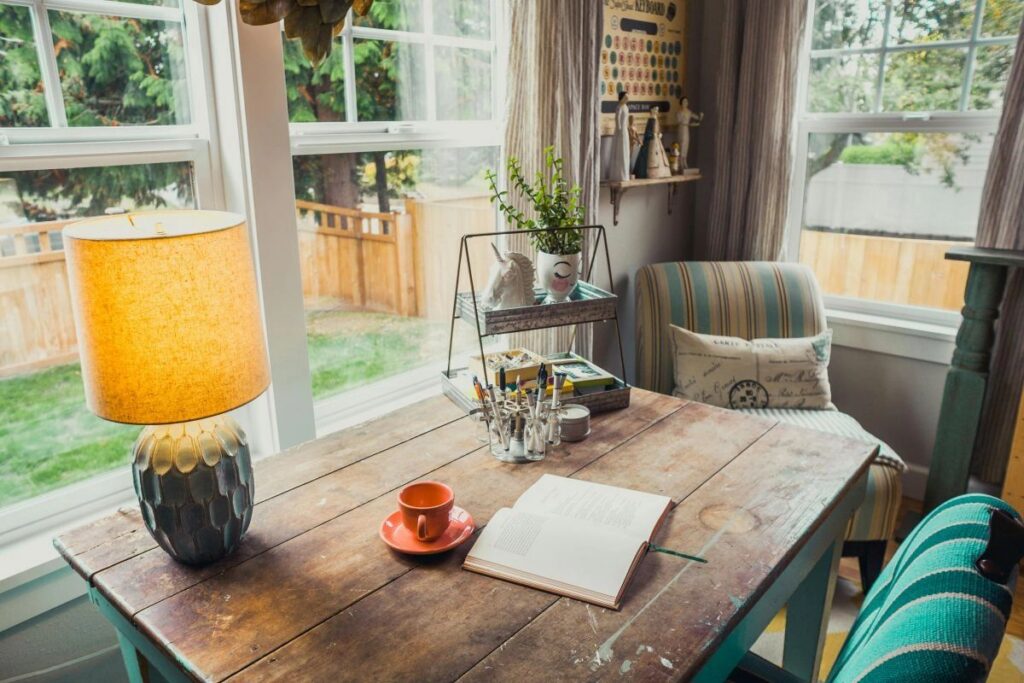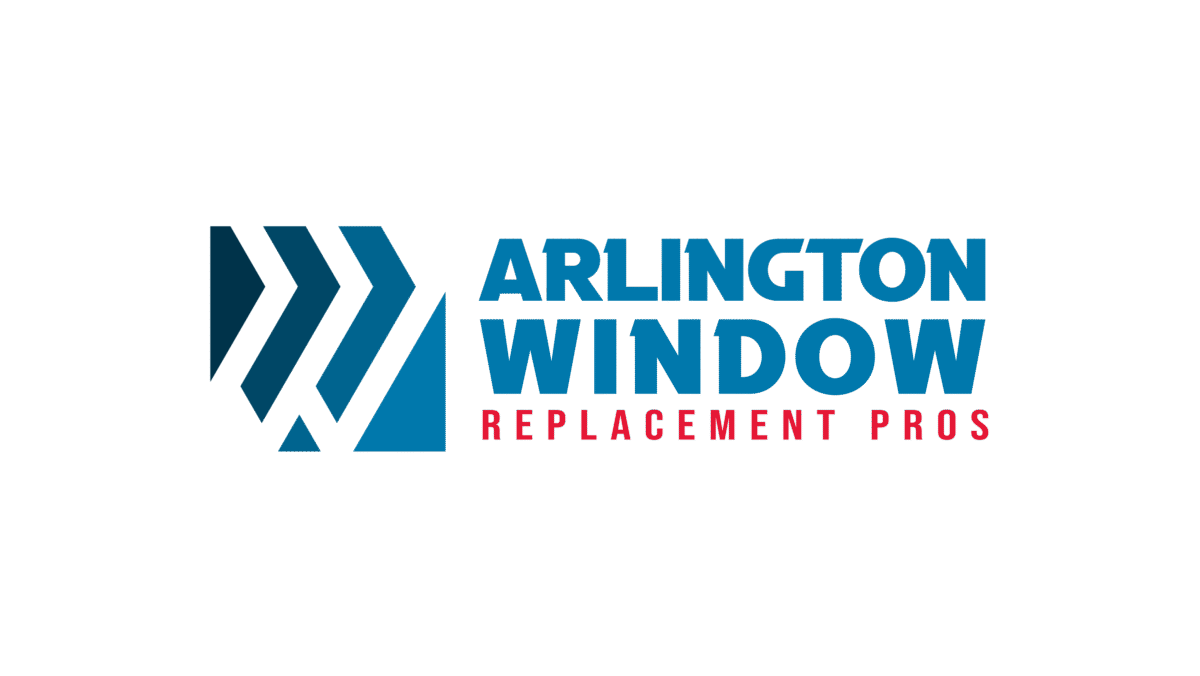Double Pane Window Replacement Texas

If your home still has its original windows—especially if they were installed before 1995—it’s time to consider double pane window replacement. Older windows are notorious for poor insulation, drafts, and high energy bills. Upgrading to modern double pane windows can drastically improve your home’s efficiency, comfort, and even its resale value. In this post, we’ll explore the benefits of double pane window replacement, signs you need new windows, and what to expect from the upgrade process.

Why Double Pane Windows?
Double pane windows consist of two layers of glass with a sealed space in between, often filled with insulating gas like argon. This design significantly reduces heat transfer, keeping your home warmer in winter and cooler in summer. Compared to single pane windows—common in homes built before the 1990s—double pane windows offer:
- Better energy efficiency – Lower heating and cooling costs by reducing drafts and temperature fluctuations.
- Noise reduction – The extra layer of glass helps block outside noise.
- Improved comfort – Eliminate cold spots near windows in winter and reduce heat gain in summer.
- Higher home value – Modern windows are a selling point for energy-conscious buyers.

If your windows are 30 years old or older, they’re well past their prime in terms of efficiency. Technology has improved dramatically, and today’s double pane windows outperform even the best windows from the 1990s.
Signs You Need a Double Pane Window Replacement
How do you know if it’s time for an upgrade? Look for these telltale signs:
- Drafts and Temperature Swings – If you feel cold air near windows in winter or excessive heat in summer, your windows are leaking energy.
- Condensation Between Panes – Foggy or moisture-filled glass indicates a broken seal, meaning your double pane windows are no longer insulating properly.
- High Energy Bills – Rising heating and cooling costs often point to inefficient windows.
- Difficulty Opening or Closing – Warped frames and stuck sashes are common in aging windows.
- Outdated Appearance – If your windows look old, they probably are—modern styles offer better aesthetics and functionality.
The Double Pane Window Replacement Process

Replacing old windows with new double pane units is a straightforward process, but it’s best handled by professionals. Here’s what to expect:
- Consultation & Measurement – A window expert will assess your needs, recommend styles, and take precise measurements.
- Window Selection – Choose from vinyl, wood, fiberglass, or composite frames, along with energy-efficient glass options.
- Professional Installation – Proper installation is key to performance. Experts will remove old windows, ensure a tight fit, and seal gaps to prevent air leaks.
- Final Inspection – A quality check ensures everything operates smoothly and efficiently.
The entire process can often be completed in a day or two, depending on the number of windows.
Cost vs. Savings: Is It Worth It?
While double pane window replacement requires an upfront investment, the long-term savings are substantial. Energy Star estimates that replacing single pane windows with double pane models can save homeowners $101 to $583 per year on energy bills, depending on climate and home size.
Additionally, many utility companies offer rebates for energy-efficient upgrades, and new windows may qualify for federal tax credits. When you factor in increased home value and comfort, the payoff is clear.
Final Thoughts: Upgrade to Double Pane Windows Today
If your home still relies on pre-1995 windows, you’re losing money and comfort every day. Double pane window replacement is one of the smartest upgrades you can make for efficiency, noise reduction, and overall home value. Don’t wait until drafts and high bills become unbearable—explore your options for double pane window replacement and enjoy a more comfortable, cost-effective home
Share this post:
